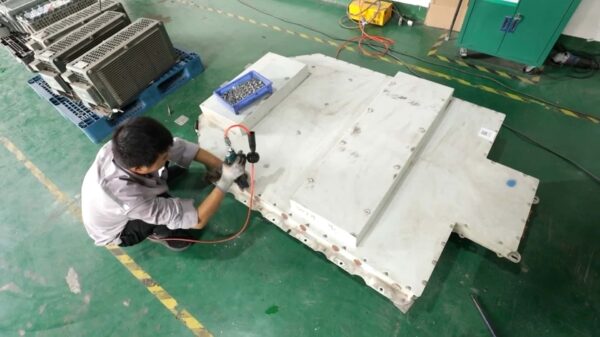Results from clinical trials involving faricimab (marketed as Vabysmo) have indicated significant progress in treating neovascular age-related macular degeneration (nAMD) and polypoidal choroidal vasculopathy (PCV). The findings from the AVONELLE-X and SALWEEN studies underscore the drug’s long-term safety and efficacy, with a notable durability of treatment effects observed over four years for nAMD and one year for PCV.
The AVONELLE-X trial was a two-year open-label extension of the phase 3 TENAYA and LUCERNE studies, which focused on faricimab’s safety and tolerability when administered via intravitreal injection at personalized treatment intervals. Participants in AVONELLE-X were required to have completed either the TENAYA or LUCERNE trial. Approximately 50% of these patients were assigned to extended dosing intervals of up to five months.
Results from the trials indicated that faricimab effectively resolved lesions related to PCV in more than 60% of patients and achieved inactivation of polypoidal lesions in 86% of treated eyes. These outcomes highlight the drug’s potential as a robust treatment option. The safety profile of faricimab remained consistent with previously established data in nAMD studies.
Dr. Veeral Sheth, a prominent figure in ophthalmology, emphasized the positive vision outcomes associated with faricimab in the SALWEEN trial. He noted that the findings reflect a broader trend of extending dosing intervals for ophthalmic treatments. “PCV is traditionally more difficult to treat and control than standard neovascular AMD,” Dr. Sheth stated. “These patients showed excellent disease control and vision outcomes, with many able to extend their dosing intervals to 24 weeks.”
The implications of these studies are significant for both clinicians and patients, as they point towards a more effective management strategy for challenging eye diseases. As ongoing research continues to explore the full potential of faricimab, these results pave the way for advancements in the treatment landscape for nAMD and PCV.







































































